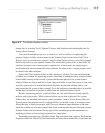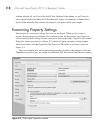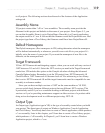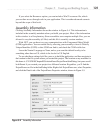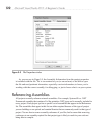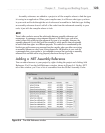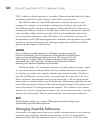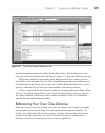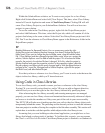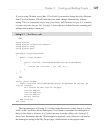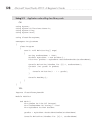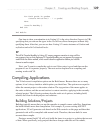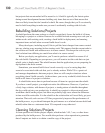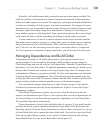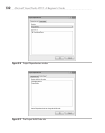
Chapter 5: Creating and Building Projects 125
open the Properties window by double-clicking My Project, click the References tab,
select the reference to delete, and click Remove. Figure 5-7 shows the VB References tab.
VB includes additional functionality on the References tab. For example, you can
click Add to add a reference. You also click Unused References to remove references for
assemblies that are not being used in your code. Clicking Reference Paths allows you to
specify a folder that VS will look in to find assemblies you want to reference.
C# has a separate tab on the Properties window for managing Reference Paths. When
VS looks for referenced assemblies, it will search the current project directory, then in
the folders identified in Reference Paths, and then in folders for the list of assemblies
specified by the Add References window.
Referencing Your Own Class Libraries
There are various reasons for creating your own code libraries. For example, you might
have reusable code or want to keep your code organized into separate assemblies. To
do this, you would create Class Library projects, and then reference those class library
projects from other code. First, let’s create a Class Library project and then create a
reference to the Class Library project from a Console application.
Figure 5-7 The VB My Project References tab



